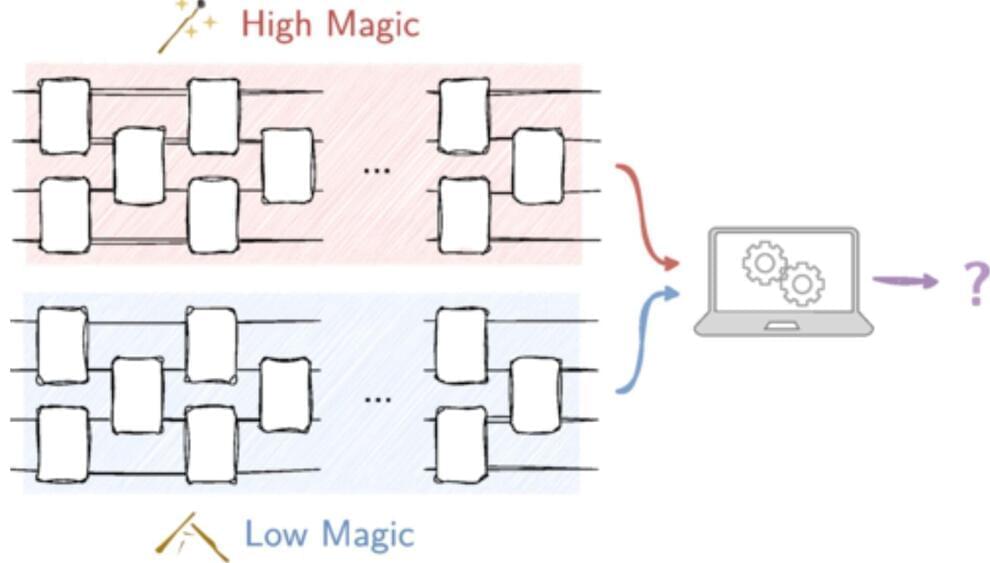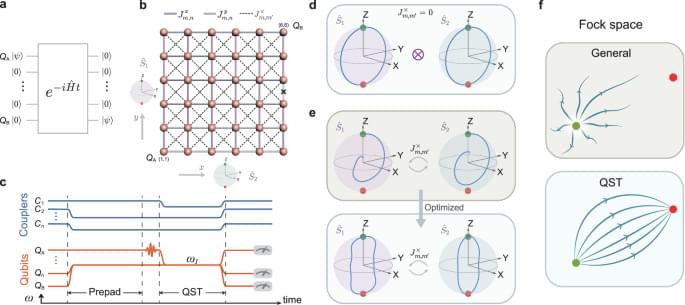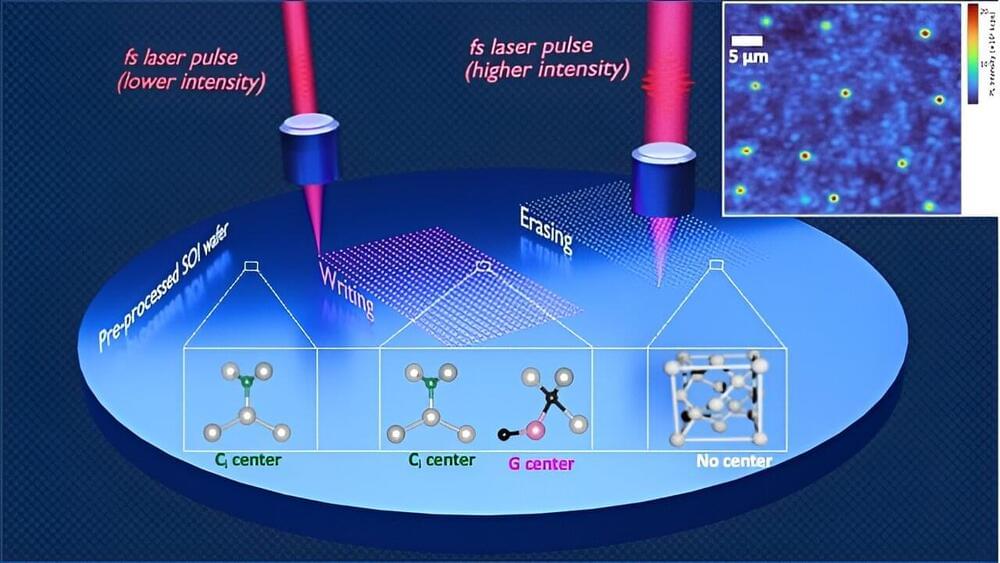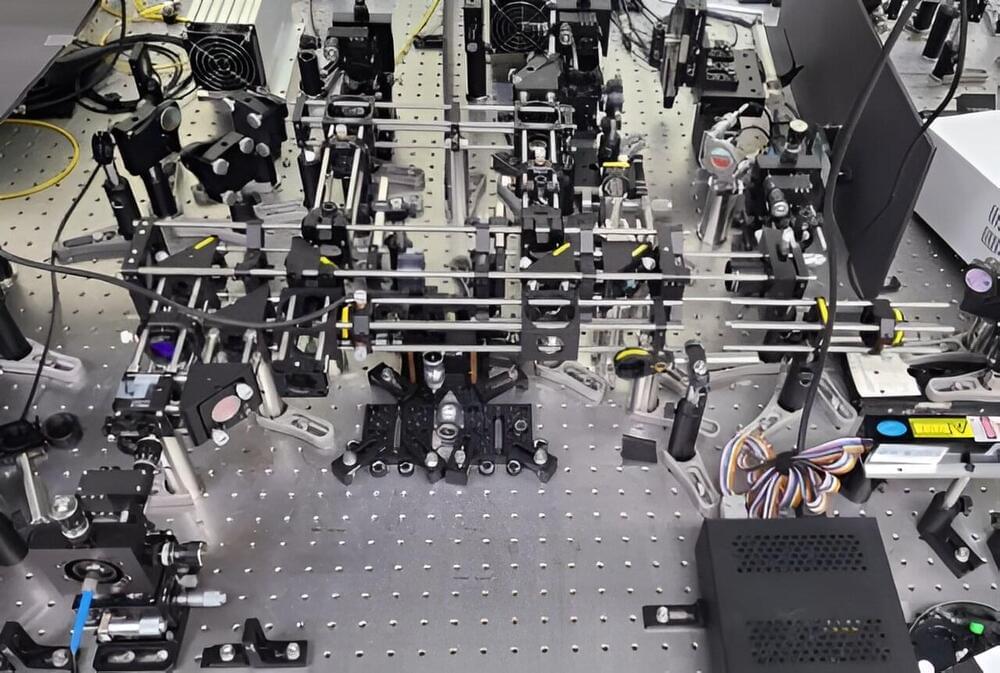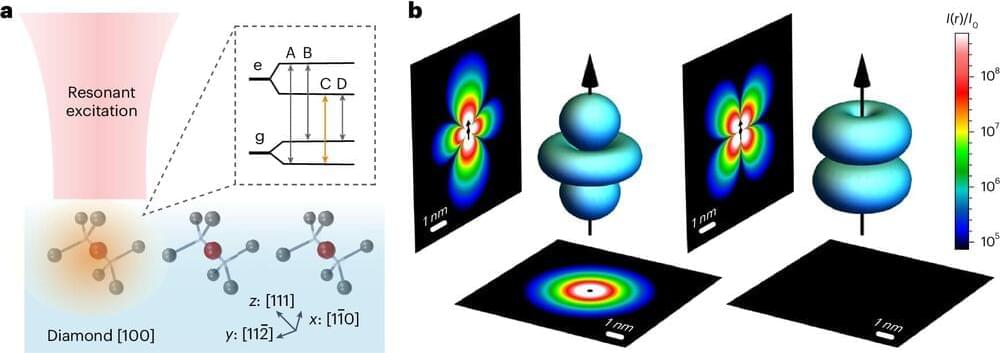ARLINGTON, Va. – U.S. military researchers are approaching industry to enhance atomic vapor sensors for electric field sensing, imaging, communications, and quantum information science (QIS).
Officials of the U.S. Defense Advanced research Projects Agency (DARPA) in Arlington, Va., have issued a broad agency announcement (HR001124S0031) for the Enhancing Quantum Sensor Technologies with Rydberg Atoms (EQSTRA) program.
EQSTRA seeks to enhance the performance, capabilities, and maturity of atomic vapor sensors for future compact, calibration-free, small, and lightweight devices with low drift, and quantum-limited accuracy and sensitivity.

